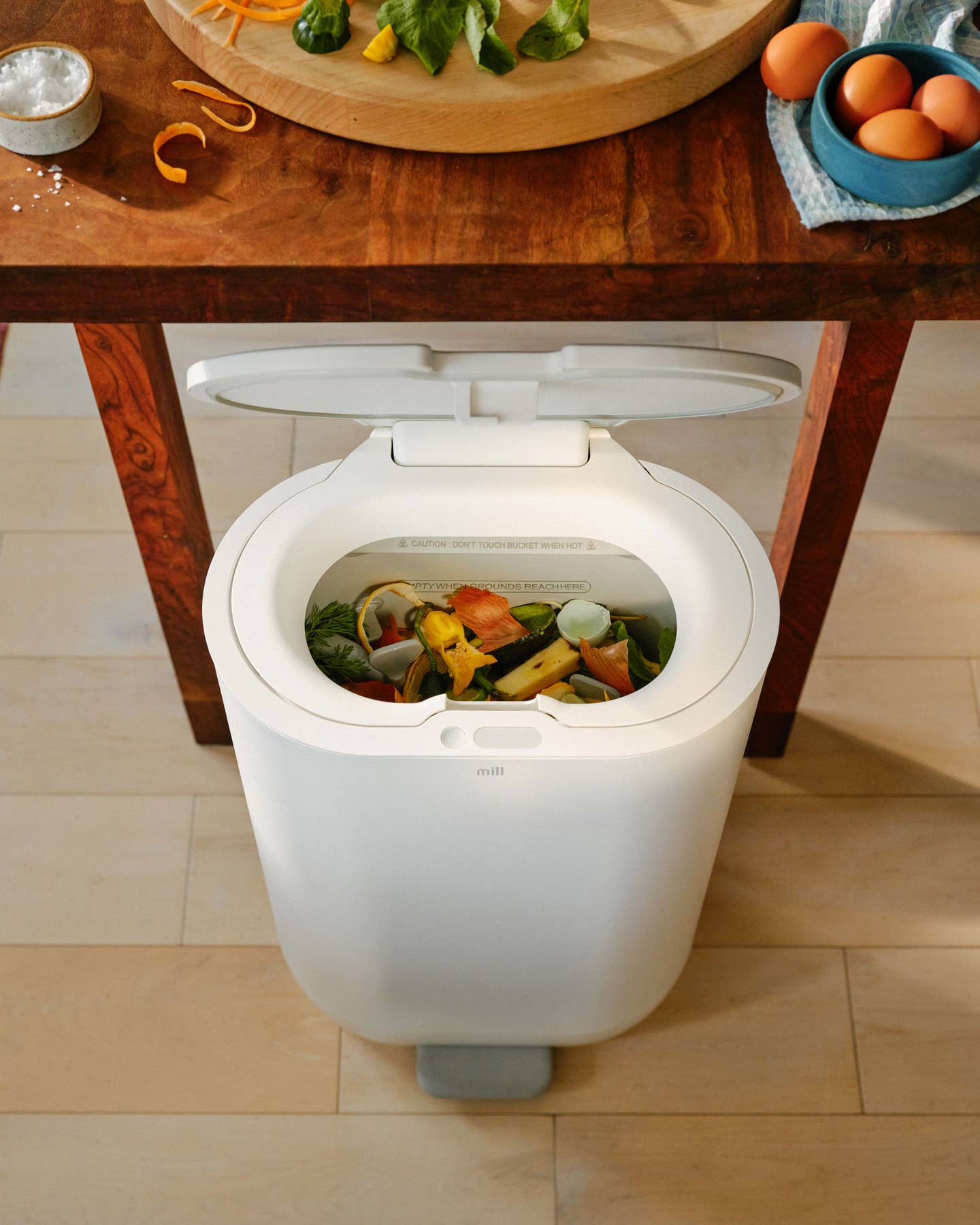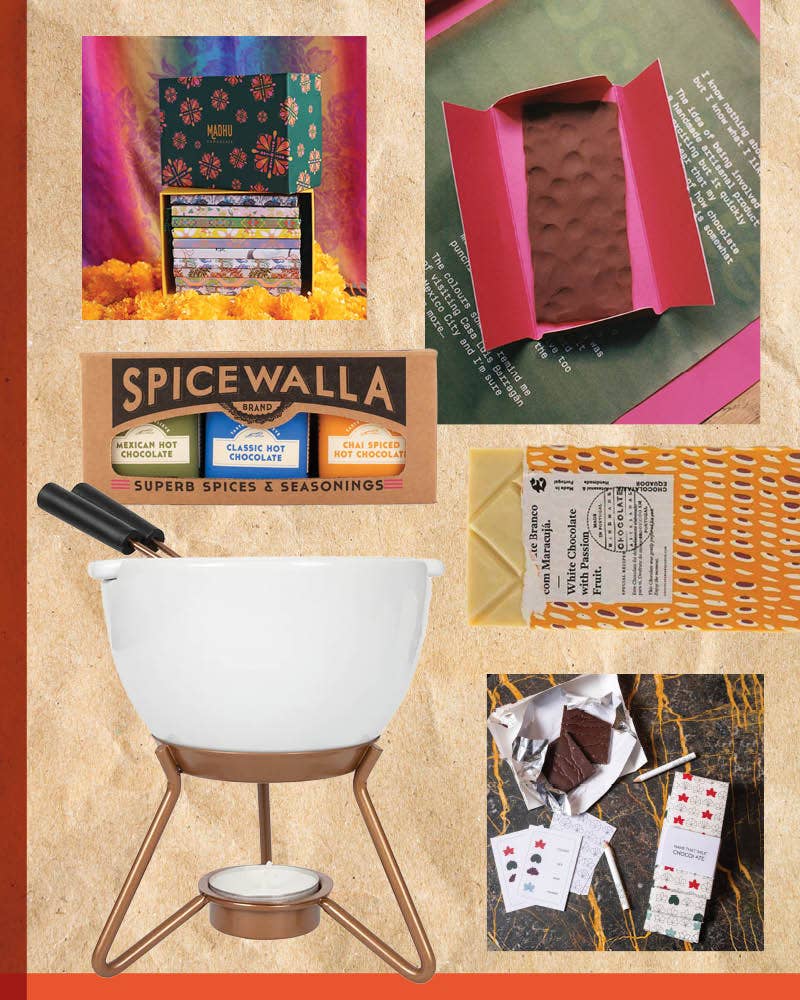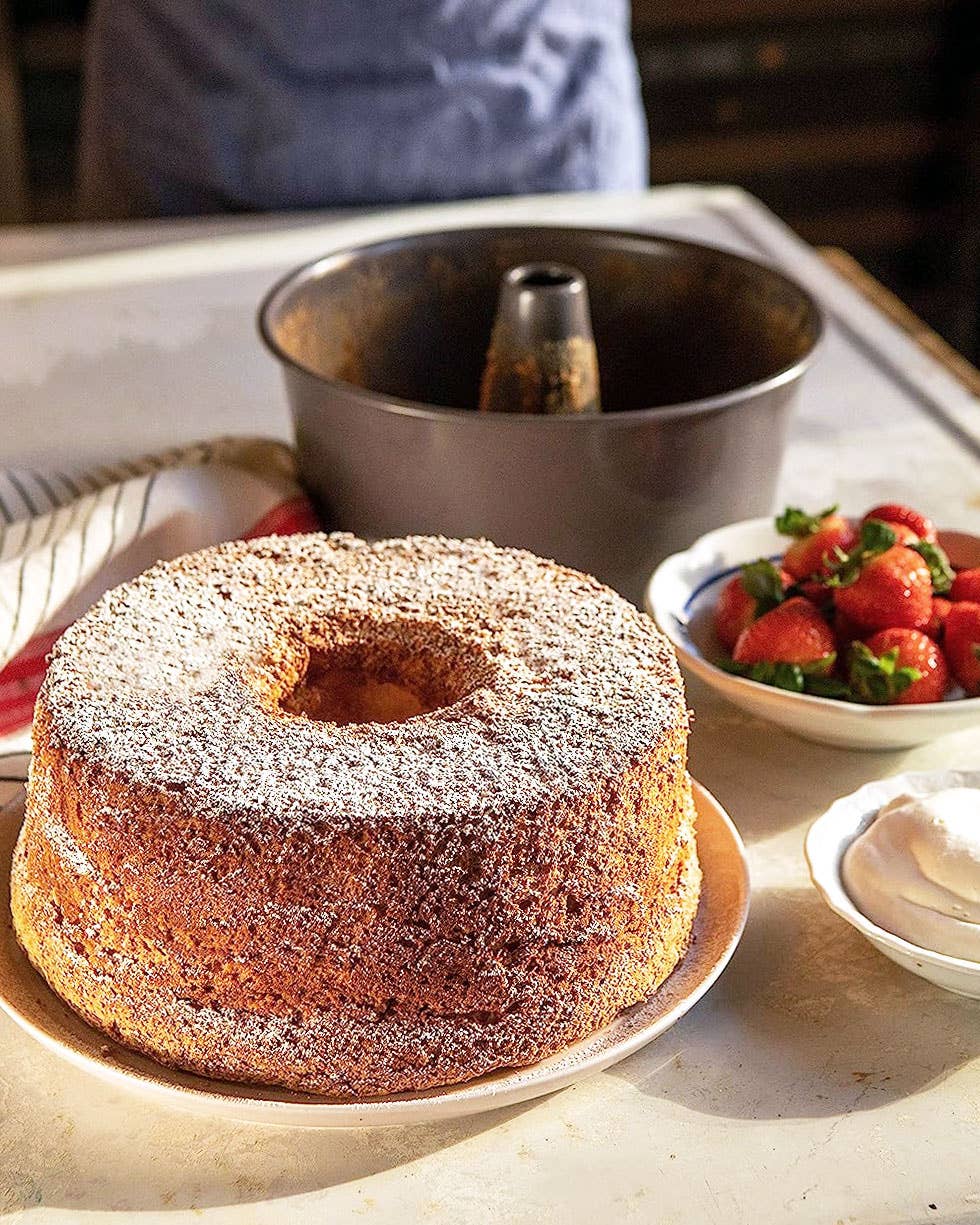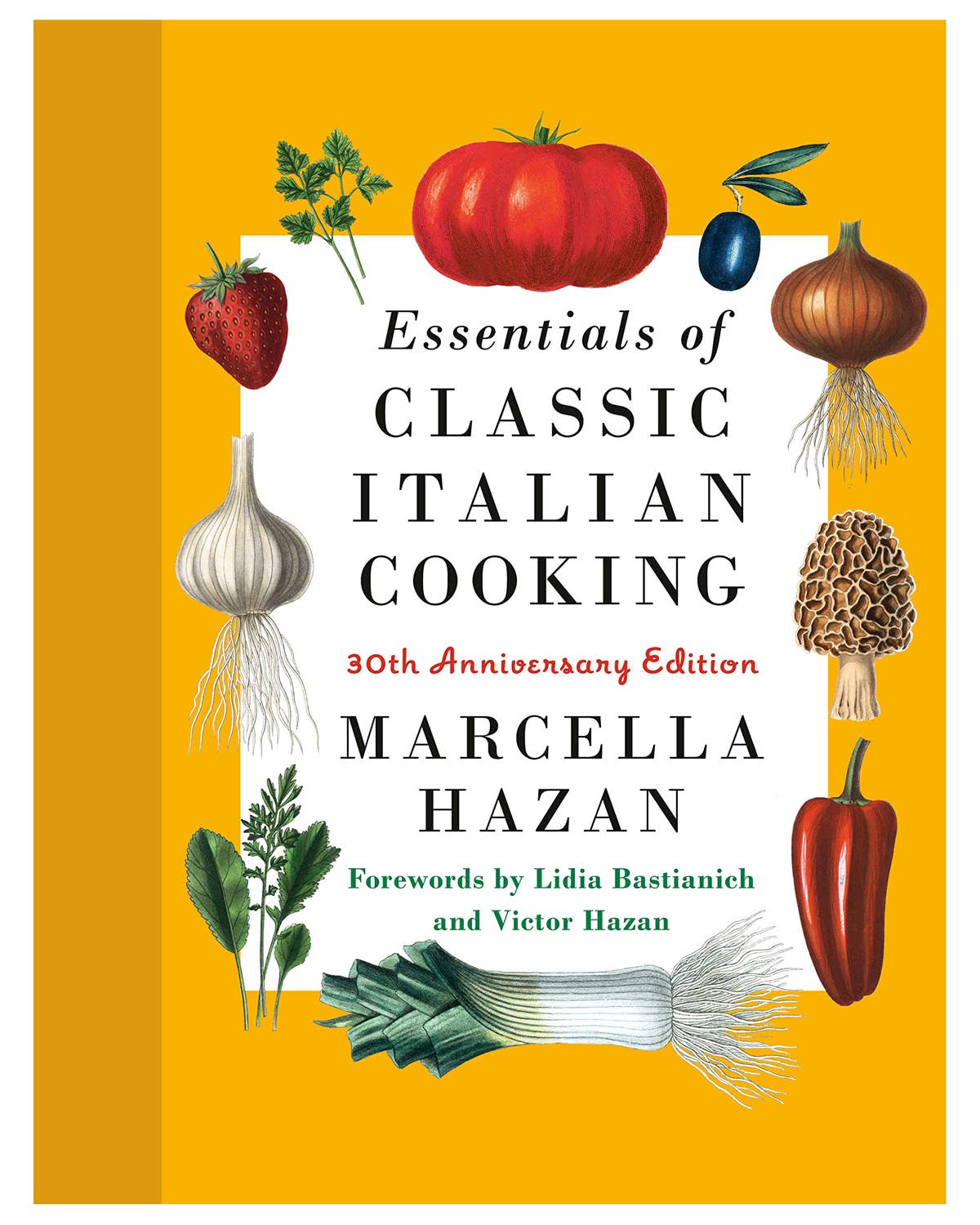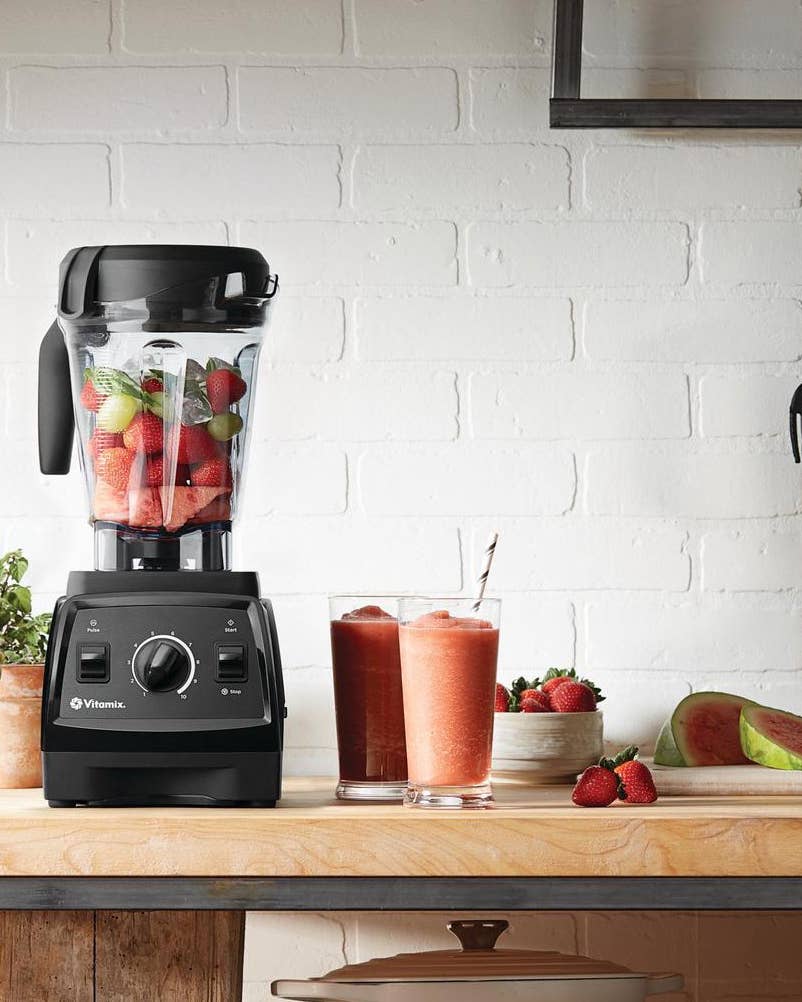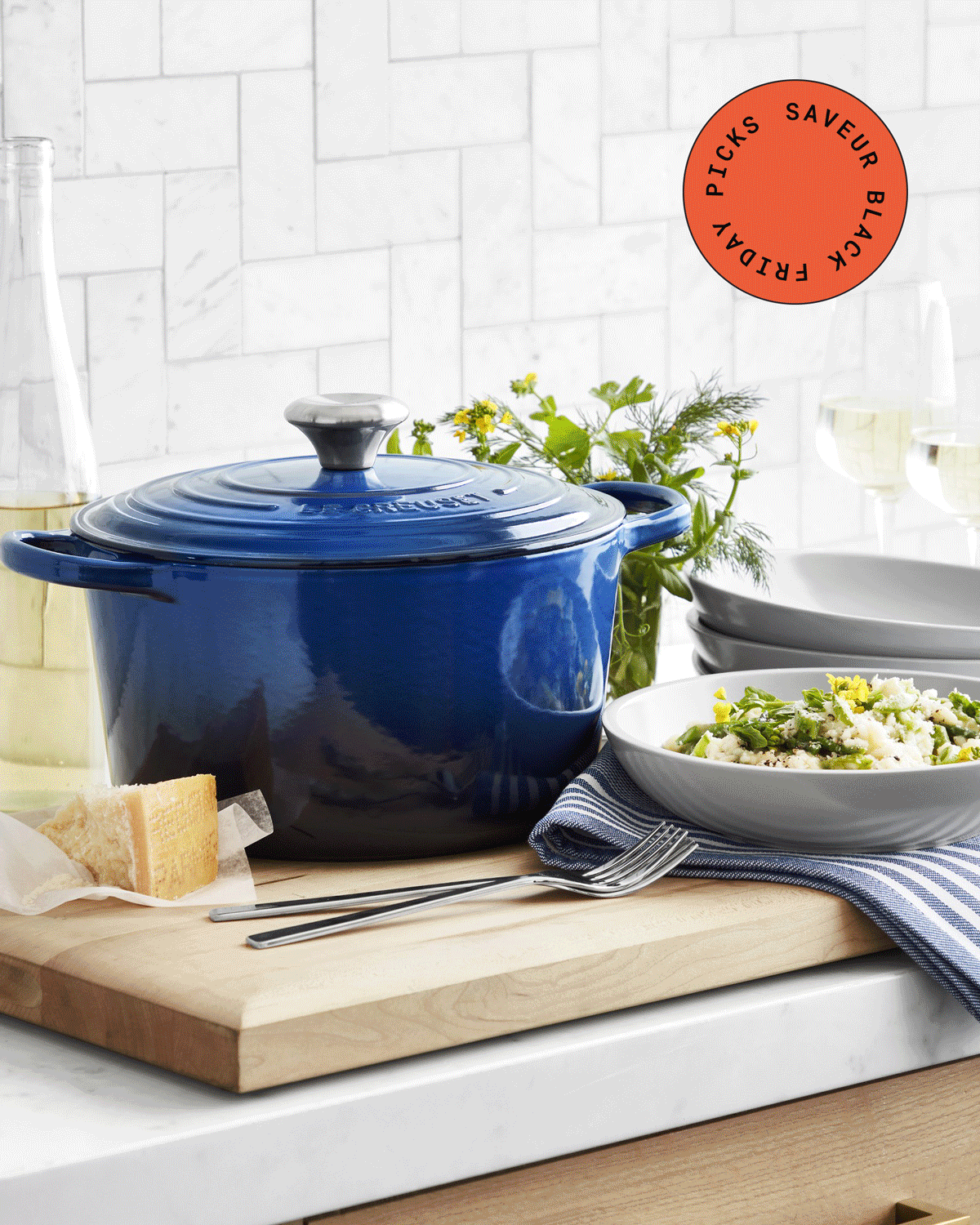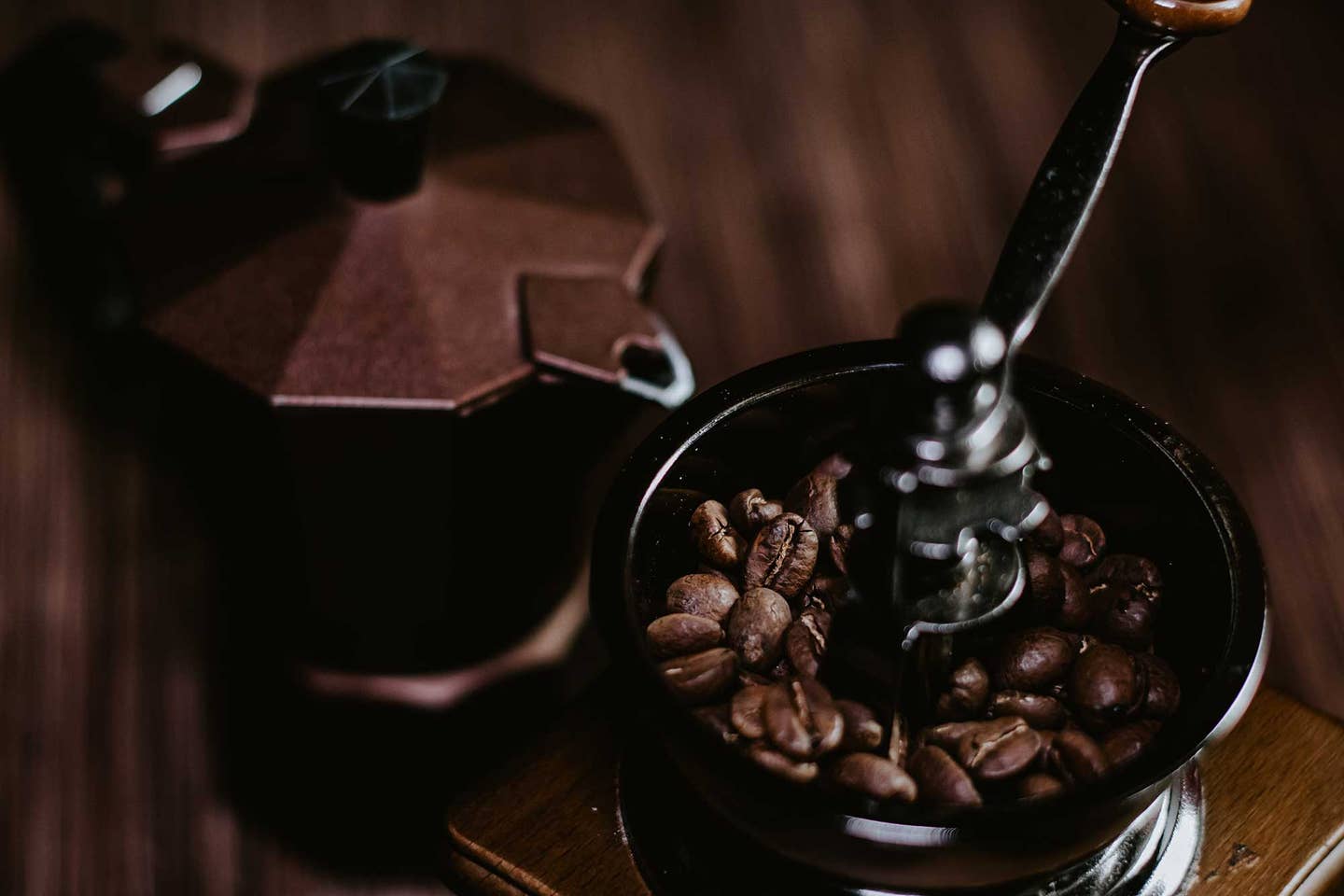
Our Guide To Basics of Unplugged Coffee Making: The Best Manual Coffee Grinder
Yes, you can have phenomenal coffee anywhere, anytime, with a hand-cranked grinder at the ready.
While you can’t argue with the reliability of a good old Mr. Coffee, there are a lot of reasons you might find yourself drawn to the myriad unplugged grinding and brewing options out there. Affordable electric options rarely heat water sufficiently to get the most out of your beans, and sometimes you just don’t want another appliance cluttering up your countertops when there are so many great manual choices. Plus, a manual grinder is typically a lot cheaper than its electric equivalent.
Sure, you may work up a sweat grinding by hand, but the subsequent mug of coffee makes it all worth it. Read on for our top picks, as well as everything else you need to know about selecting the best manual coffee grinder for your needs.
1. BEST OVERALL: Snow Peak Barista Field Grinder, $136
2. BEST BANG FOR THE BUCK: Hario Skerton Ceramic Plus Coffee Mill, $38
3. UPGRADE PICK: Peugeot Bresil 8.75″ Coffee Mill, Walnut, $109
4. ULTRA-LIGHTWEIGHT GRINDER: Hario Mini Mill, $34
5. INVESTMENT BUY: Zassenhaus Santiago Coffee Mill Grinder, $94
6. TOP TRAVEL GRINDER: Porlex Mini Stainless Steel Coffee Grinder, $78
7. TOP TRAVEL GRINDER, UPGRADE PICK: OE Fixie Travel Grinder, $200
8. RUNNER UP, TRAVEL GRINDER: 1Zpresso Q2 Manual Coffee Grinder, $99
9. BEST PORTABLE LARGE CAPACITY GRINDER: Akirakoki Manual Coffee Bean Grinder, $55
10. WEARABLE PICK or BEST DESIGN: VSSL Java Handheld Coffee Grinder, $145
How to Select The Best Manual Coffee Grinder For Your Needs?
So how do you choose the right manual coffee grinder? There is no one-size-fits-all answer—with high quality beans and the right technique, you can brew a great cup of coffee using any of these standout manual grinders. And don’t forget that good water is essential for good coffee: start with cold, filtered tap or bottled water. For hot brewing methods, bring water up to a full boil then wait a few seconds before pouring; for the best extraction of flavor, aim to get the water between 195 and 205° F.
What to Consider When Buying the Best Manual Coffee Grinder
Once you start grinding your own beans, it is hard to go back to the packaged, powdery stuff. The number one tip? Steer clear of blade grinders that function just like little blenders—the blade mechanism makes for an irregular grind and creates friction and heats the beans, which can adversely affect their flavor.
Size & Capacity
Consider how many cups of joe you tend to brew at a time when choosing a manual coffee grinder. Sipping solo? A 20-gram capacity grinder, the sort of size you’d also be looking for in a travel-friendly model, should do the trick. But if you’re caffeinating a couple people at once or want a refill at the ready, pick something that’ll hold 100 grams of beans.
Material & Overall
Quality Blade grinders are essentially small blenders; they are inexpensive, but they grind irregularly and the heat they generate (friction!) destroys the beans’ aromas and nuance. Ceramic or stainless steel burr grinders are pricier but yield superior results. Stainless steel burrs are a better bet if you’ll be taking your grinder on the go (say, for a camping adventure or road trip), as they’re easier to clean and more durable.
Grind Settings
Because different coffee making methods require different grind levels—medium for drip pots, coarse for French press, et cetera—it’s best to pick a grinder with adjustable settings.
Maintenance & Cleaning
Frequent and thorough cleaning of your manual coffee grinder will not only extend its lifespan, but also impact the quality of your coffee, too. (A dirty machine doesn’t do its job as well.)
Portability & Weight
Less is obviously more when it comes to portability. However, if you’re not concerned with traveling with your coffee grinder, feel free to opt for a larger style that can grind larger quantities if that makes sense for you.
Noise
A manual grinder is generally much quieter and more compact an electric versions, though it’ll require some real elbow grease. But for some, a sore arms may be far preferable to a din of an electric model.
Tips for Buying and Using A Manual Coffee Grinder
- Consider the settings in which you’ll be using your grinder. If you want to grind on the go, consider buying something that incorporates a sleek, cylindrical shape that makes it easy to store and easy to grip. A slim, compact design is also a lot more practical for a tiny kitchen where there isn’t room for such a niche device.
- To figure out the right grind for your selection, follow this simple rule: The less time the coffee is going to be in contact with the water, the finer the grind needs to be. Classic espresso machines, moka pots, and Aeropresses are lightning-fast methods that require very finely ground beans. Alternately, French presses and, even more so, cold brew systems, keep the water in contact with the coffee for an extended period of time; to avoid a sludgy and acidic mess with these slower techniques, you’ll want a very coarse, even grind.
- It pays to be ultra-precise with measurements. Like bakers, serious baristas tend to believe in the superiority of metric measurements. Eliminate the guesswork of brewing your morning cup by ditching the measuring spoons and investing in a digital scale. Aim for 13 to 15 grams of freshly ground beans per cup (227 g) of water. Also, be mindful that different types of beans with different grinds will have irregular volume-to-weight measurements.
Our Top Picks for The Best Manual Coffee Grinder
Many coffee shops will grind a bag of beans to your specifications, but nothing beats freshly-ground. Ready to invest in your own grinder? Here’s our top picks.
1. BEST OVERALL: Snow Peak Barista Field Grinder, $136
The downside to a manual grinder—and it is a significant one—is that it takes a great deal of effort to grind a usable amount of beans. The Snow Peak is slender, fits easily in your hand, and its long handle spins with a minimum of force, which is good, because it’s going to take a good 8–10 minutes of vigorous milling to yield enough beans for a single cup. While the grind levels on this model aren’t marked as clearly as we’d like them to be, they’re easy to find and lock-in once you know where to look.
2. BEST BANG FOR THE BUCK: Hario Skerton Ceramic Plus Coffee Mill, $38
This SAVEUR team favorite from century-old Japanese brand Hario has a lot going for it. The ceramic conical burrs provide uniform and precise grounds, and it has a hopper capacity of 100 grams—enough for about four cups of coffees. Its simple design is easy to clean and disassemble, and the slip-free rubber base prevents spills of those hard-earned, hand-ground beans. You can even attach the hopper to a mason jar or container to grind larger quantities at once. It’s useful for French press or drip java purposes, but doesn’t offer much for slower methods—it’s grind levels are limited.
3. THE AESTHETIC CHOICE: Peugeot Bresil 8.75″ Coffee Mill, Walnut, $109
Peugeot’s grind settings are easy to change and lock-in, and its top-loading burr mill feeds grinds into a tidy lower drawer. This beauty’s classic wooden casing is available in a range of colors and finishes to match your kitchen, making for a real countertop statement piece. Like the Snow Peak, this Peugeot table-top model is extremely slow to grind. One other downside? Its good looks come at a cost—the device lacks the heft required to hold itself down; without a stationary handle to steady it, turning the crank is awkward and clumsy.
4. ULTRA-LIGHTWEIGHT GRINDER: Hario Mini Mill, $34
Hario has a ton of compact, effective manual grinders to choose from, and at just over 10 ounces, the adorable Mini Mill is their slightest model. Its adjustable burrs can grind beans for various coffee types, and this versatile device can also be used to grind spices, as the SAVEUR Test Kitchen is fond of doing.
5. INVESTMENT BUY: Zassenhaus Santiago Coffee Mill Grinder, $94
From 154-year-old German company Zassenhaud, this grinder features impressive craftsmanship inside (carbon steel burrs) and out (love the Scandi-chic varnished beechwood exterior). Like the Peugeot, there’s a convenient front drawer to access and dispose of used coffee grounds; it’s also similarly hefty to Peugeot’s designs, so this is definitely best kept at home (we suggest displaying it prominently).
6. TOP TRAVEL GRINDER: Porlex Mini Stainless Steel Coffee Grinder, $78
As we’ve noted, two of the most compelling advantages of manual grinders over more high-tech versions are the smaller dimensions and that fact that you don’t need electricity to get fresh-ground coffee on demand. These traits are also perfect for traveling, particularly with further-flung journeys that places with various voltage sources, and adventures of the outdoor ilk. This grinder from Osaka-based company Porlex is easy to use and small enough to stash inside an AeroPress. For real! Its pint-sized proportions do come with a caveat: It can only grind enough coffee for one serving at a time due to its 20-gram capacity.
7. TOP TRAVEL GRINDER, UPGRADE PICK: OE Fixie Travel Grinder, $200
Orphan Espresso is an Idaho-based purveyor of innovative manual grinders, and its newest model, the Fixie weighs less than a pound. How’d they make it so light?, Not through Honey, I Shrunk The Kids-esque miniaturization; instead, by simplifying its functional elements. Gearheads will also appreciate the precision dual-bearing system, which helps ensure grind stability.
8. RUNNER UP, TRAVEL GRINDER: 1Zpresso Q2 Manual Coffee Grinder, $99
This high-quality grinder is the smallest in 1ZPresso’s roster—it weighs just .85 lbs—and it features the same top-notch materials and attractive design as its bigger counterparts, but at a far more affordable price point.
9. BEST PORTABLE LARGE-CAPACITY GRINDER: Akirakoki Manual Coffee Bean Grinder, $55
With its solid wood exterior, the Akirakoki grinder is crack-proof and naturally lightweight, yet holds four times more coffee beans (85 grams) than most travel-ready grinders. Its cast iron burr, which is rust-resistant and produces less heat than other materials, also sets it apart.
10. WEARABLE PICK or BEST DESIGN: VSSL Java Handheld Coffee Grinder, $145
Measuring just 2″x6″, and intended for rugged outdoors activities, this grinder looks cool enough to wear thanks to its copper-trimmed, aircraft-grade brushed aluminum construction. And yes, in fact you can don the VSSL Java: the innovative handle, which gets flipped up when grinding coffee, does double duty as a carabiner, so you can clip it on while trailblazing until it’s time for a coffee break.
The Advantages of Owning The Best Manual Coffee Grinder
Realistically, a manual coffee grinder isn’t an absolute must in every coffee obsessive’s regular gear rotation. But for portability, nothing beats a hand-cranked, no-power-needed secret weapon for ensuring quality java no matter where you find yourself.
FAQs About Manual Coffee Grinders
Some common questions about manual coffee grinders, answered.
Are manual coffee grinders better than electric?
Manual grinders don’t require power and weigh less than electric versions, but it really depends on personal preference.
Why are manual coffee grinders expensive?
They’re actually comparable in price to electric grinders, if not more affordable. Pricier models tend to have the same high-quality caliber gears as their electric pers, and decades of craftsmanship has gone into those parts.
How long does a manual coffee grinder take to make a coffee?
Since there’s more elbow grease involved in manually grinding, you might spend a solid 10 minutes cranking away before prepping that pour-over.
How long will my manual coffee grinder last?
At least 5 to 10 years if you clean and maintain properly; hopefully, far longer if you purchase from a heritage company like Zassenhaus—their devices come with a 25-year warranty.
How do I clean my manual coffee grinder?
As with your favorite espresso machine or beloved Chemex, your manual grinder needs cleaning to extend its lifespan and ensure the best flavor from your coffee of choice.
Keep Reading
Continue to Next Story

